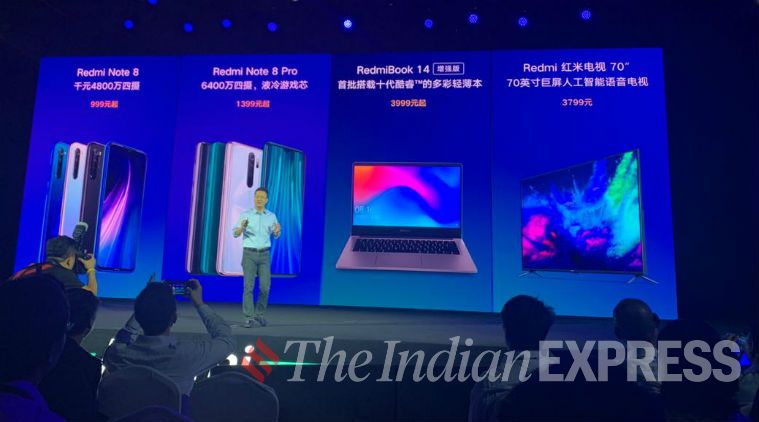The Redmi Note series has inarguably been Xiaomi’s most successful product lineup across Asia, and the recently launched Redmi Note 7 series has been one of the best selling products in its segment. At an event in China, the company has now launched the next generation in the Redmi Note lineup — meet the Redmi Note 8 and the Redmi Note 8 Pro, launched alongside the RedmiBook 14 laptop and Redmi TV.
- Flashing supports those who aim at the highest optimization in the operating system.
- The device come with 4GB of RAM and 64GB of Storage can be expandable via SD card.
- Xiaomi Redmi Note 8 Pro Smartphone is powered by Mediatek Helio G90T Chipset.
- Due to its stability and performance, many other custom ROMs use LineageOS code as their base, some of them are Resurrection Remix and crDroid.
- The Xiaomi Redmi Note 8 Driver can be helpful if you’re trying to transfer your files from the Mobile to the Computer or from the Computer to the Xiaomi Device.
Some require a manual approach using the ADB and Fastboot tools with the command line. The quickest way to revert your phone back to its stock ROM is to restore your Nandroid backup. Assuming you have an up-to-date one available, this shouldn’t result in much—or any—data loss. LineageOS extends the functionality and lifespan of mobile devices from more than 20 different manufacturers thanks to our open-source community of contributors from all around the world. The ROM is based on the Pixel OS but comes with a lot of customizable options.

Early leaks suggest that Redmi may be planning to release the Redmi Note 8 very soon, possibly alongside the Redmi 4K Smart TV. Now, a new Xiaomi device has passed through the FCC, giving us our first look at the live images of what is the Redmi Note 8, and further indicating a possible launch in the US as well. The team behind the popular LineageOS custom ROM has been extending LineageOS 17.1 support to new devices ever since the ROM made its debut earlier this year in April. Over the last couple of months, the team has added support for devices like the ASUS ROG Phone II, Google Pixel 3 series, Xiaomi Mi A1, OnePlus One, Google Pixel 3a, Google Pixel 4, and many more. Since our previous coverage, the team has added support for four more devices. In April, we opened up XDA forums for more than 20 smartphones, including the new Sony Xperia lineup, Moto G series, Mi 11X series, Axon 30 Ultra, and more.
- This is often done to address bugs, improve performance, or add new features to the device.
- Although Android’s newest iteration is available to only a handful of devices so far, the aftermarket development community is already hard at work releasing custom ROMs for older smartphones.
- If you have any issues or queries, feel free to ask in the comments below.
If you have not Rooted or unlocked your device bootloader or had not install Recovery then consider the above links. Here you can Download and install Redmi Note 8 Pro Android Phone device USB (Universal Serial Bus) drivers firmware files for free. Android phones with Android 8 and above cannot flash with a lower version. This is Windows Software, it needs only for Android Stock ROM, Custom ROM, or custom Recovery. You can fix the hard-bricked device using the SP Flash Tool for your Xiaomi Redmi Note 8 Pro. The SP Flash tool also supports all Android brands that have Mediatek (MTK) chipsets. If you have TWRP Recovery on the phone, then below are the steps.